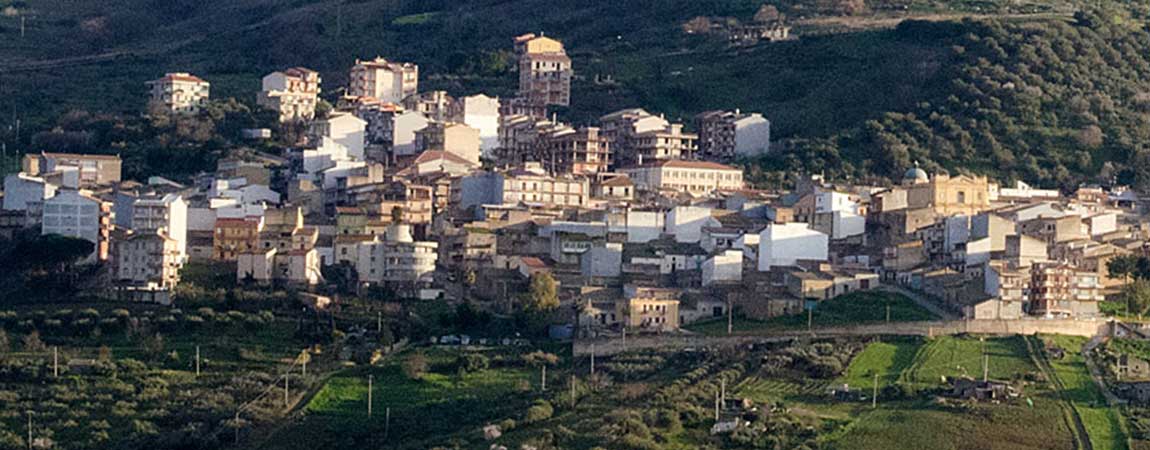
The town of Aliminusa does not go unnoticed.
It is a place imbued with magic, capable of carrying on an ultra-secular tradition and of not losing even a shred of its charm.
Here's what you need to know about the long history of a town that summarizes Sicily in its primordial essence.
The origins of Aliminusa
La history of Aliminusa starts from far away. The first records date back to the XNUMXth century and are contained in some historical documents conserved in Florence, with various geographical maps attesting to its population at that time. It is probable that the name derives from the Arabic Armisch, meaning desolate valley without water. Precisely for a similar reason, the area of Aliminusa was sparsely populated until the seventeenth century, with only a few scattered troughs, mills and farms.
The construction of local houses was entrusted to barons ready to invest in a risky way. For these reasons, they received superior power in the Sicilian parliament and Aliminusa became part of a large project of demographic expansion. The fiefdom was acquired by the family Peralta of the Counts of Luna, who erected a closed box called Beam, an elevated area that protected the town from possible attacks. The same included an area that was used to house the family and the guardians and another used as a shelter for animals and a warehouse, divided by a central tower.
The succession of the great dynasties of Aliminusa
The history of Aliminusa includes numerous other dynasties capable of succeeding under his leadership, after the Moncadas and the Aragonas, it was the turn of the Baron Gregorio Bruno, who was entrusted with the tasks of appointing a castellan, a captain, a judge and various officers. He was the one who built the village of Sant'Annawhich has grown significantly over the years. The Cutelli family took care of it to give prestige to the local church.
In the mid-eighteenth century, the bishop Monsignor Galletti entrusted the town to Prince Ignazio Vincenzo Paternò, who then ceded it to Bonaccorsi and the family of the Milone barons. Starting from 1812, the feudal age in Sicily came to an end following its abolition and Aliminusa finally became a municipality in its own right.
The current situation of the town of Aliminusa
Currently, the history of Aliminusa speaks of a locality that has just over 1000 inhabitants, but which continues to maintain a considerable charm and to be a great symbol for all of Sicily. A clear example is represented by the Feast of St. Calogero, which attracts the attention of citizens and tourists on August 24th of each year. It is not the patron saint, but it has acquired considerable importance over the centuries for the whole community thanks to its strong religious devotion and defense towards the people.
Aliminusa, a world to be explored
Those who decide to take a tour of Aliminusa can have before their eyes some characteristic elements of a town immersed in the heart of the metropolitan city of Palermo. From the already mentioned Beam to the church of Sant'Anna, without forgetting the reserve of Bosco Granza and Favara, attractions are not lacking for an exhilarating experience.
There is nothing left to do but get to know the salient features of the locality and explore a world in which agriculture and craftsmanship continue to be the main sources of livelihood.
© Image by Larminusa, CC BY-SA 4.0, via Wikimedia Commons









